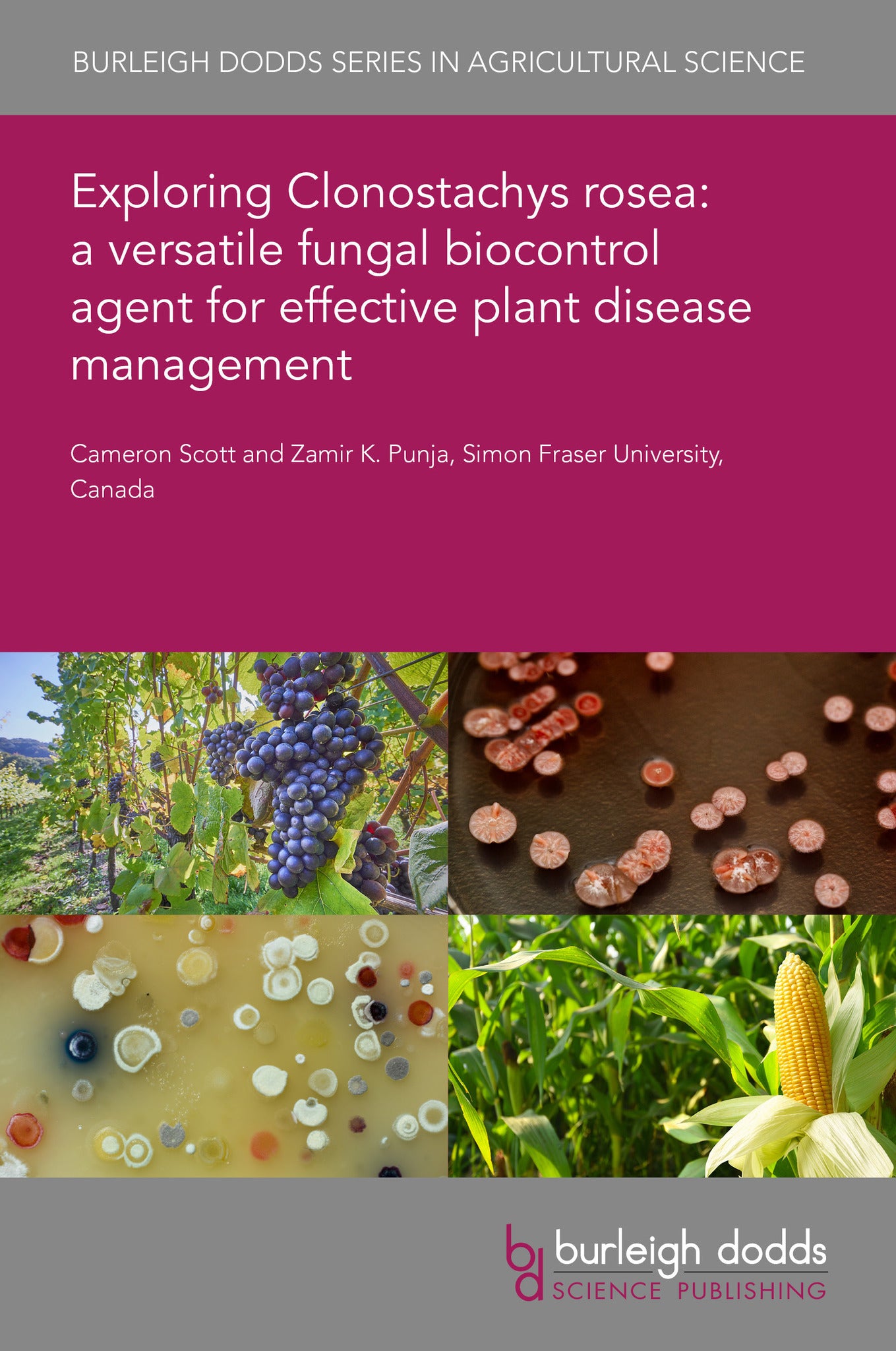We're sorry. An error has occurred
Please cancel or retry.
Exploring Clonostachys rosea: a versatile fungal biocontrol agent for effective plant disease management

Some error occured while loading the Quick View. Please close the Quick View and try reloading the page.
Couldn't load pickup availability
- Format:
-
07 August 2025

Clonostachys rosea is a fungal biocontrol agent able to control a range of impactful plant diseases, such as damping-off, root rot, botrytis blight, fusarium head blight, and others. The use of C. rosea can subsequently replace or reduce the use of chemical pesticides. However, biocontrol efficacy can be highly variable depending on factors such as the environmental conditions and the genotypes of the pathogen, host plant, and biocontrol agent. C. rosea can be applied through seed treatment, drenches, sprays, pollinators, and in combination with other biocontrol agents, depending on the disease being targeted for management. While C. rosea was first characterized as a mycoparasite, it can also act through other mechanisms to control disease such as the secretion of cell wall degrading enzymes, antibiosis, endophytic colonization and the induction of plant defenses. Clonostachys rosea also has the potential to control other plant pests, such as nematodes or insects.

TECHNOLOGY & ENGINEERING / Pest Control, Pest control / plant diseases, TECHNOLOGY & ENGINEERING / Agriculture / Sustainable Agriculture, Sustainable agriculture, Agronomy and crop production, Botany and plant sciences

- 1 Introduction
- 2 Taxonomy, identification and sources
- 3 Mechanisms of action
- 4 Methods of application for disease management
- 5 Use in integrated pest management
- 6 Interactions with nematodes and other plant pests
- 7 Clonostachys rosea as a plant pathogen
- 8 Application of C. rosea for disease management on Cannabis sativa
- 9 Conclusion and future trends
- 10 Where to look for further information
- 11 References



